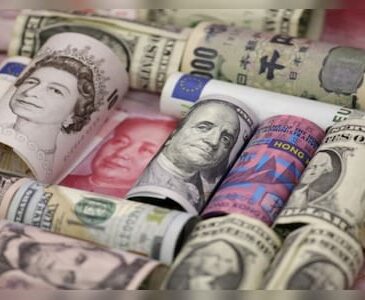
Elvira Nabiullina, the head of the Russian central bank, has revealed that the share of transactions between Russia and BRICS member countries conducted in national currencies has tripled, reaching 85 percent.
In an interview with RIA Novosti, Nabiullina stated that this significant increase marks a substantial shift from just 26 percent recorded two years ago.
“The share of the BRICS countries has become significantly larger, now it is about 40 percent. In 2022, it was less than 30 percent, and in 2021 – about 20 percent,” she said on Tuesday.
Nabiullina further explained that Moscow is actively engaged in discussions regarding the potential integration of national payment infrastructures with other BRICS members. According to her, 159 entities from 20 countries have already connected to the Russian alternative to SWIFT, known as the System for Transmitting Financial Messages (SPFS).
BRICS, initially composed of Brazil, Russia, India, China, and South Africa, expanded its membership significantly in January, welcoming Iran, Ethiopia, Egypt, and the United Arab Emirates. Nabiullina stated that BRICS now accounts for a substantial 35 percent of the world’s GDP in PPP (Purchasing Power Parities) terms. With Russia holding the rotating chairmanship for 2024, the country aims to prioritize increasing payments in national currencies within the bloc.
Given that BRICS now includes two nations, Russia and Iran, facing Western sanctions, the emphasis on developing alternative payment systems becomes even more crucial. The ongoing drive towards de-dollarization within BRICS nations is an objective, aiming to reduce reliance on the US dollar for international trade.
The push for trading in local currencies gained momentum during last year’s summit, where central bank governors and finance ministers of BRICS nations explored avenues for transitioning away from the US dollar. Spearheaded by Russia due to geopolitical circumstances following the Ukrainian war, this initiative finds resonance among BRICS members.
Using national currencies, rather than the US dollar, has become a long-term priority for Russia, which has been hit repeatedly with sanctions by the United States and the European Union since 2014. This worsened in 2022 when Russia launched what it termed a “special military operation” in Ukraine.
Consequently, Russia’s economy has operated under international sanctions for the last ten years. Since then, Russia has adopted various measures to reduce its dependence on the US dollar.
Russia has already initiated the use of national currencies in some transactions with CIS countries and within the Eurasian Economic Union. Additionally, the nation has entered into currency swap agreements with countries facing US sanctions, including China and Iran.


